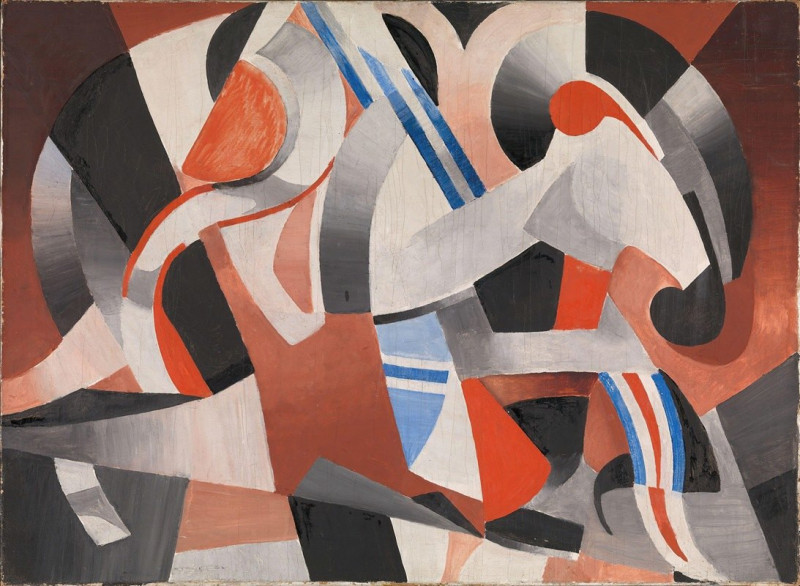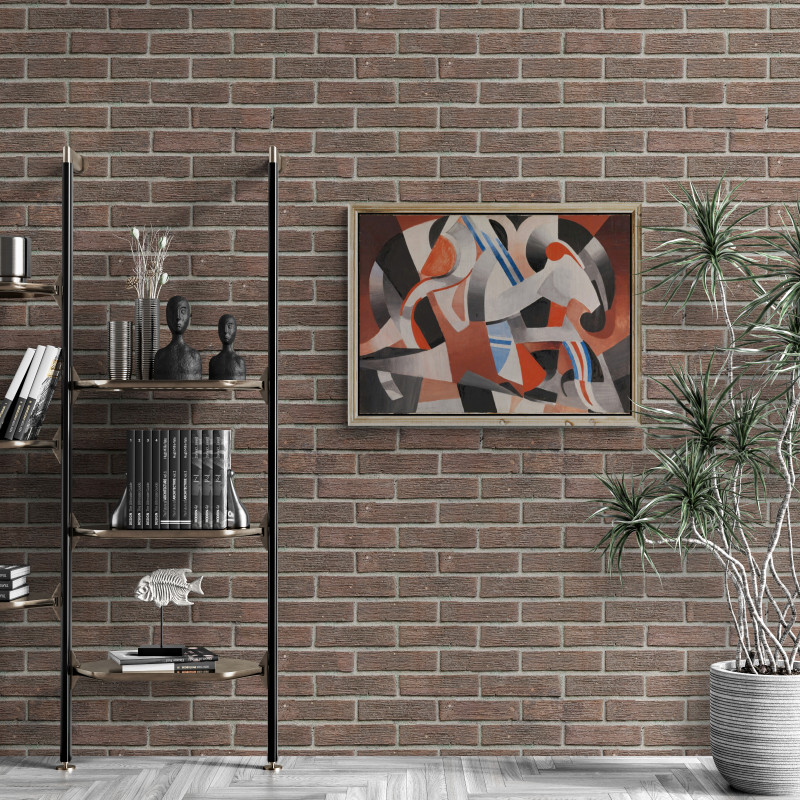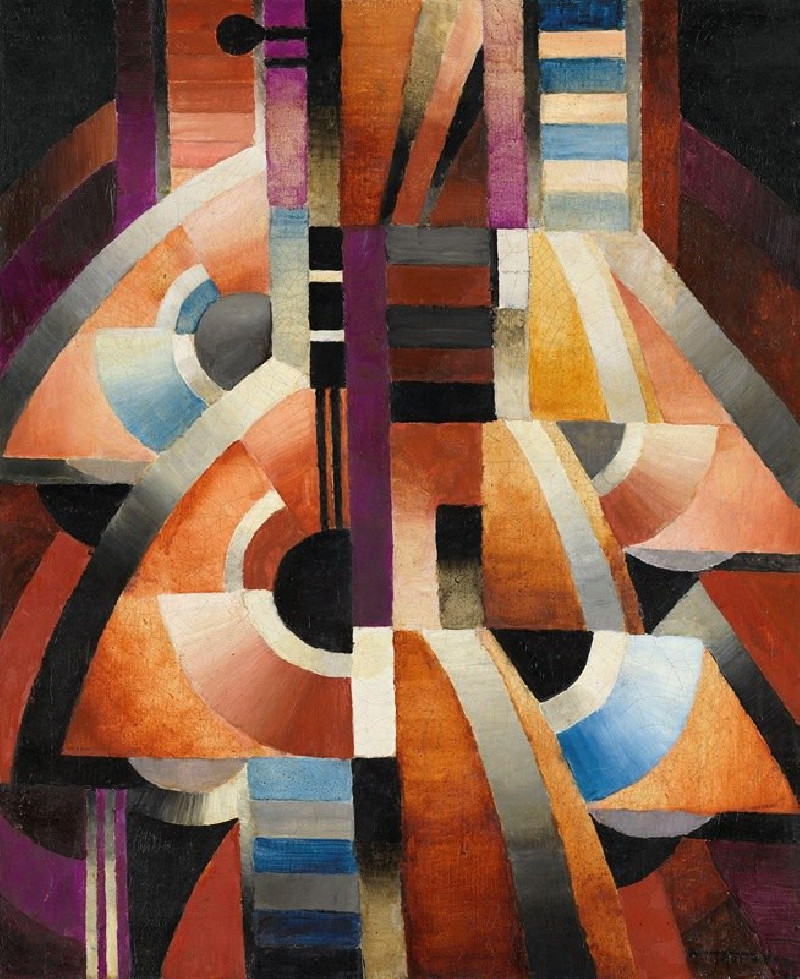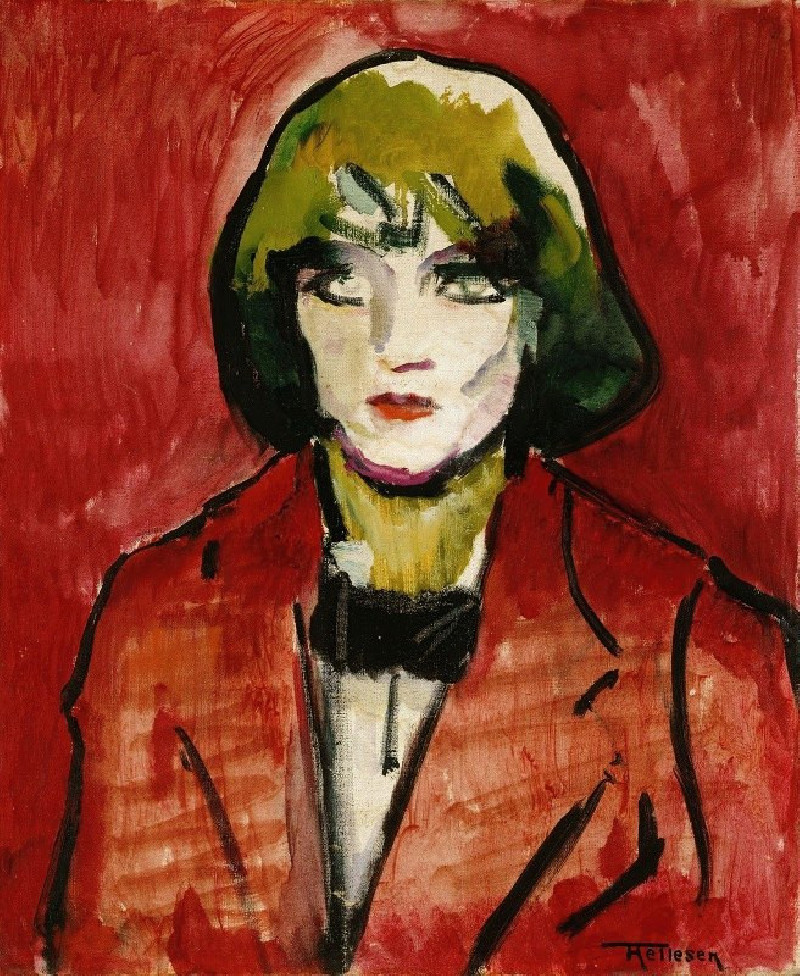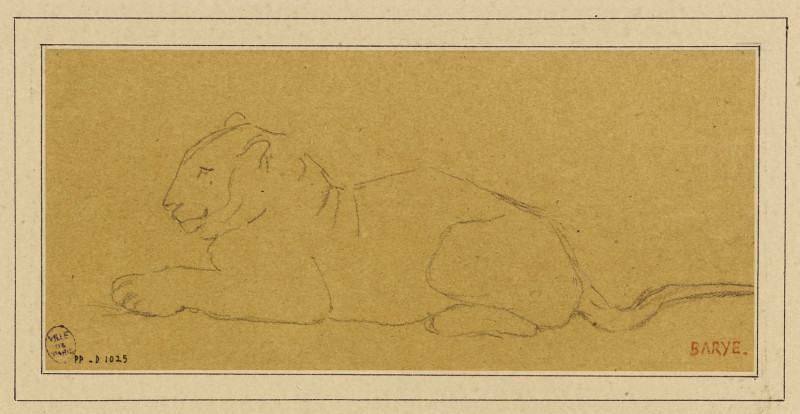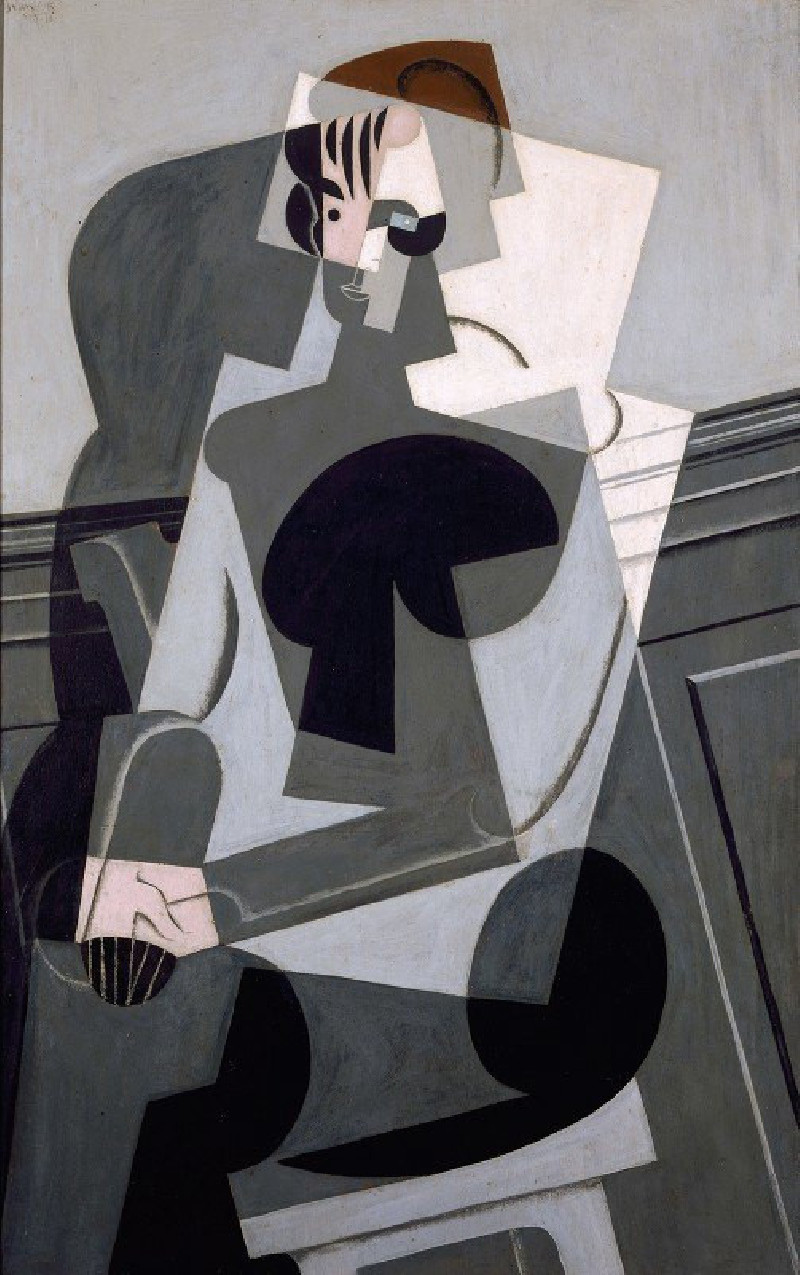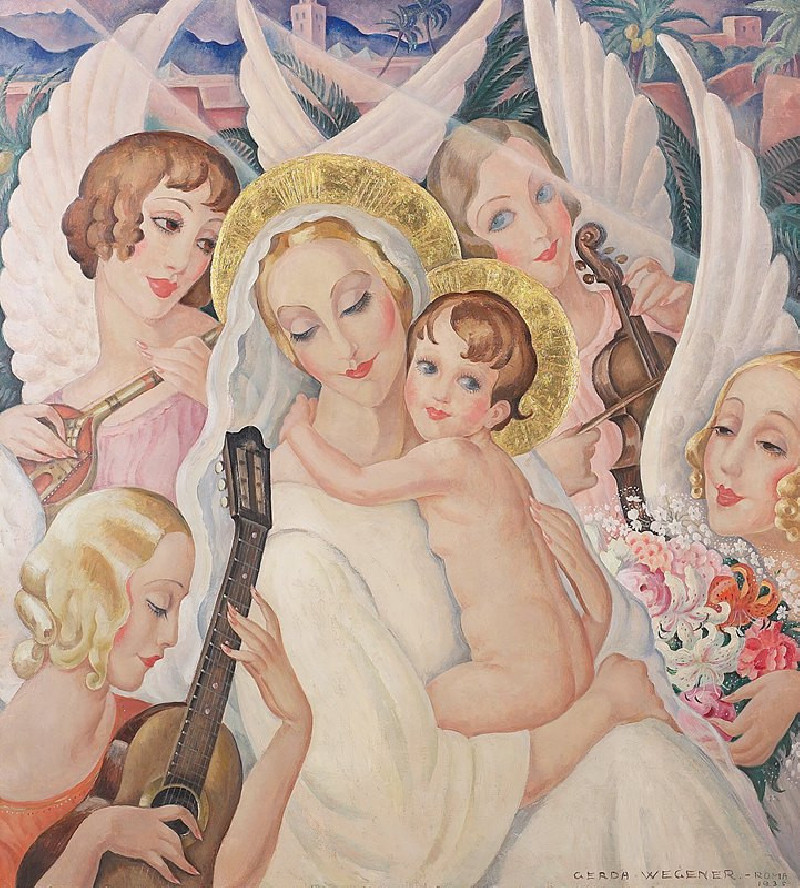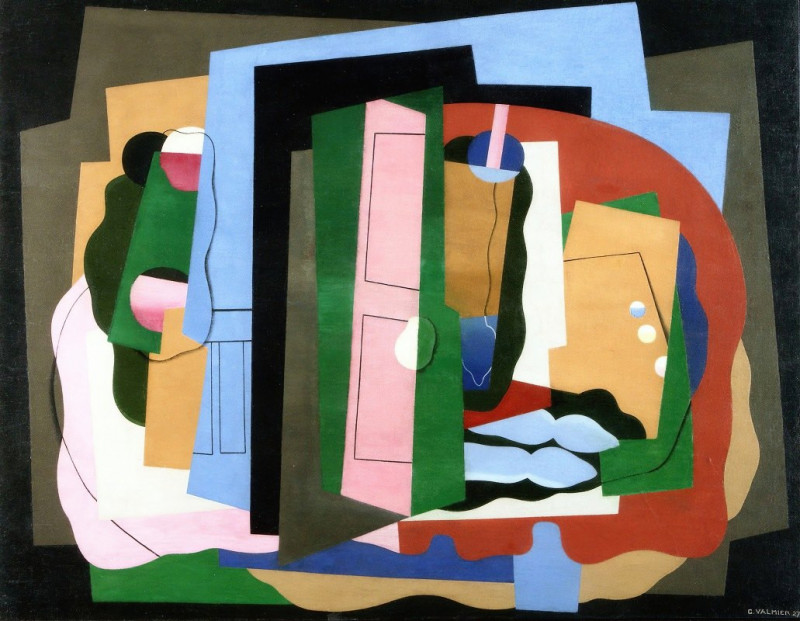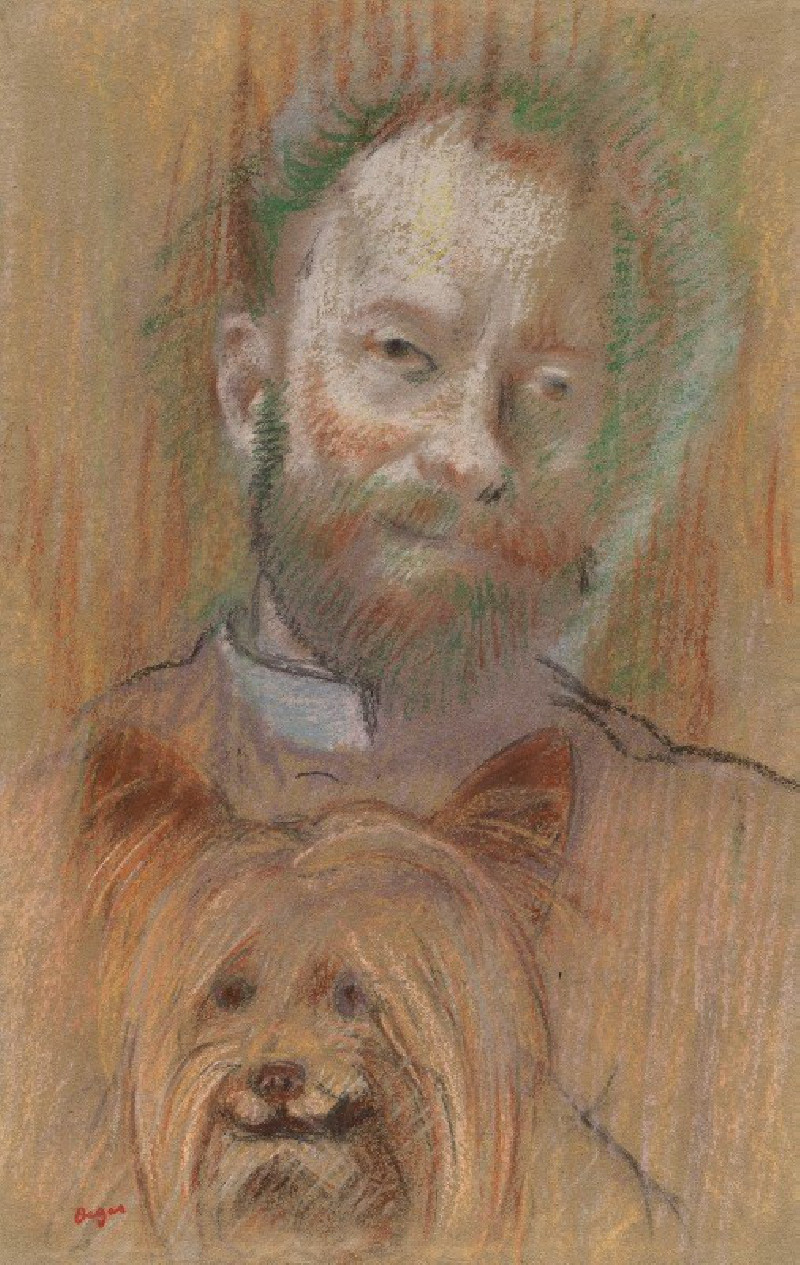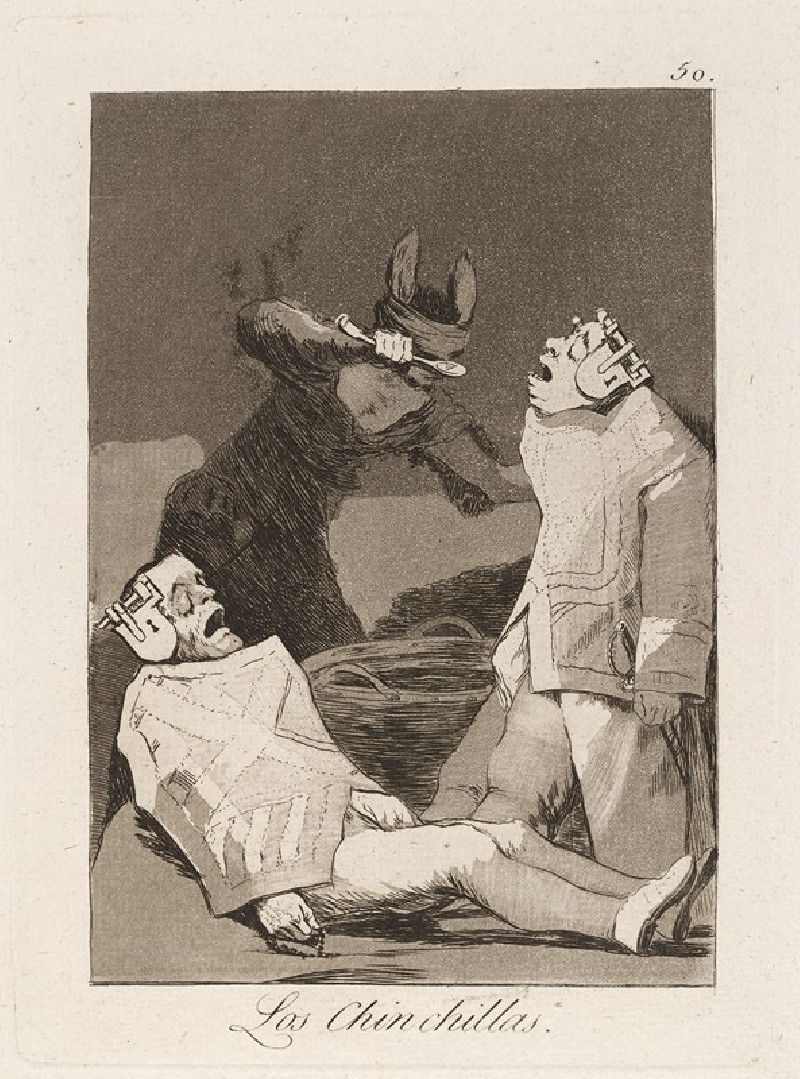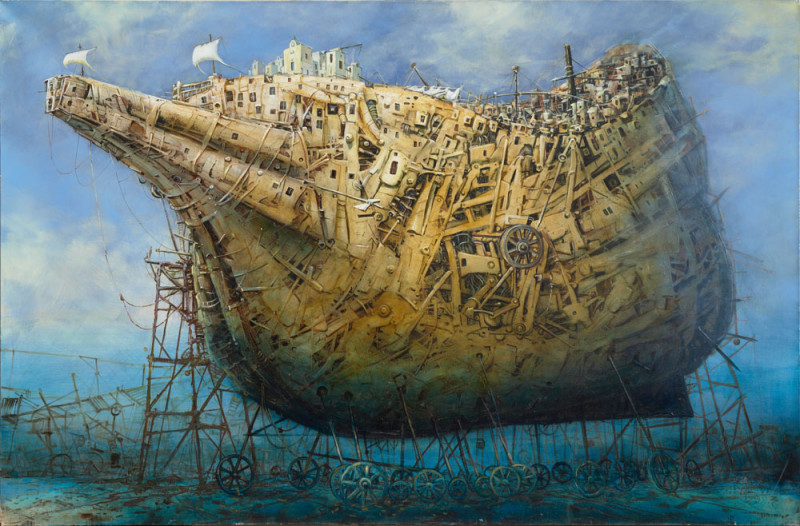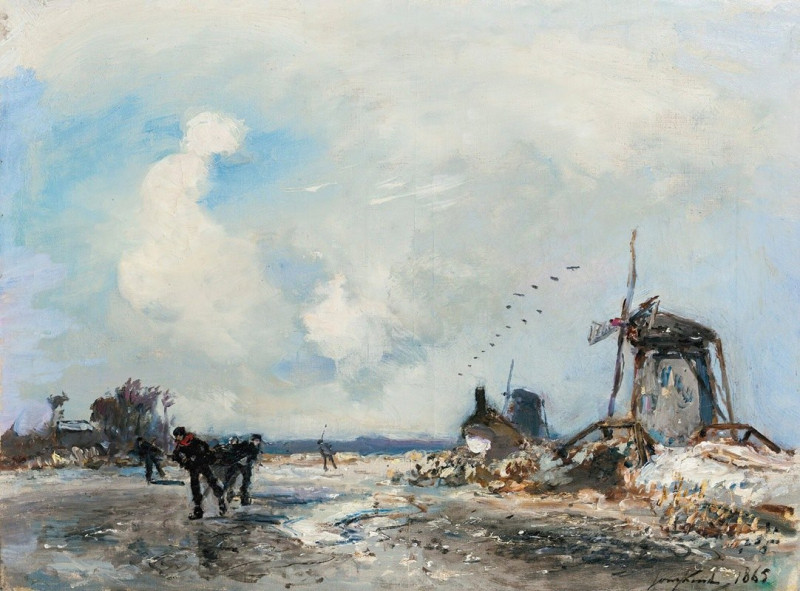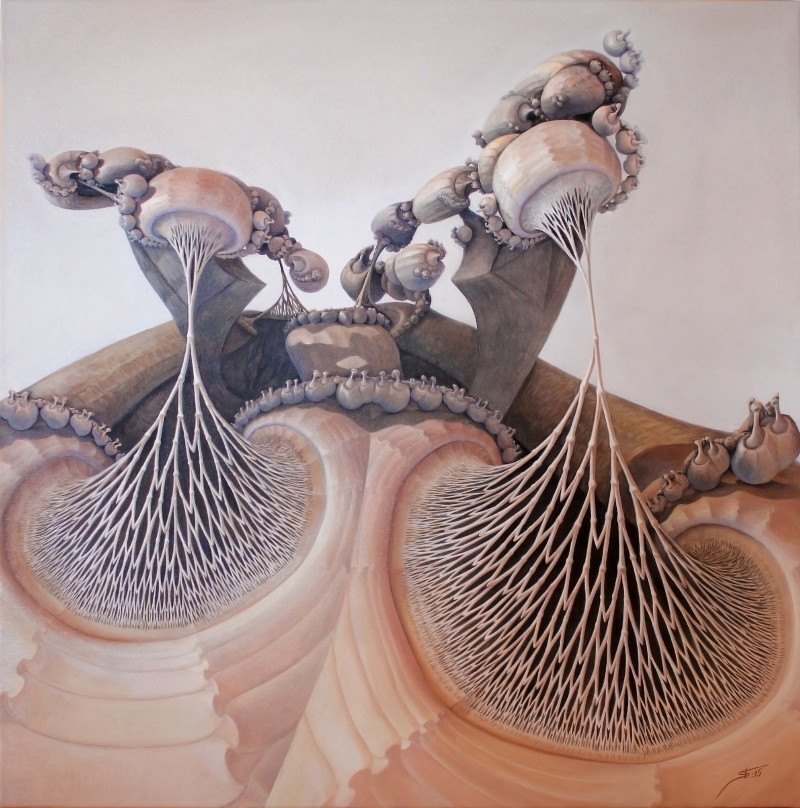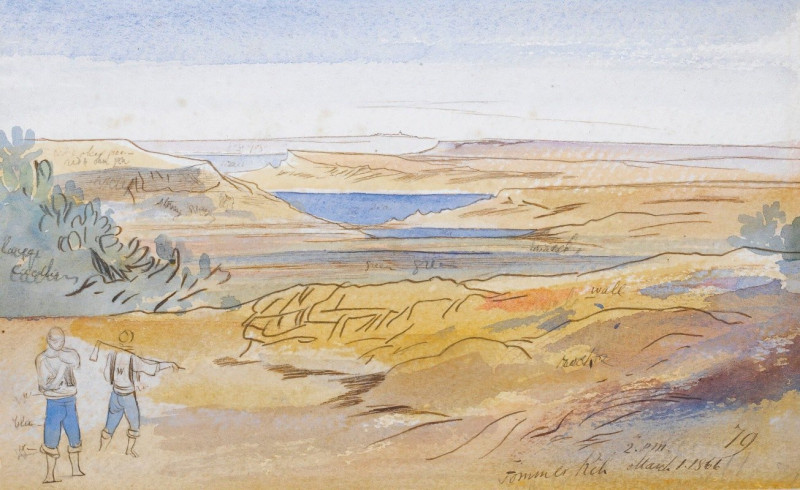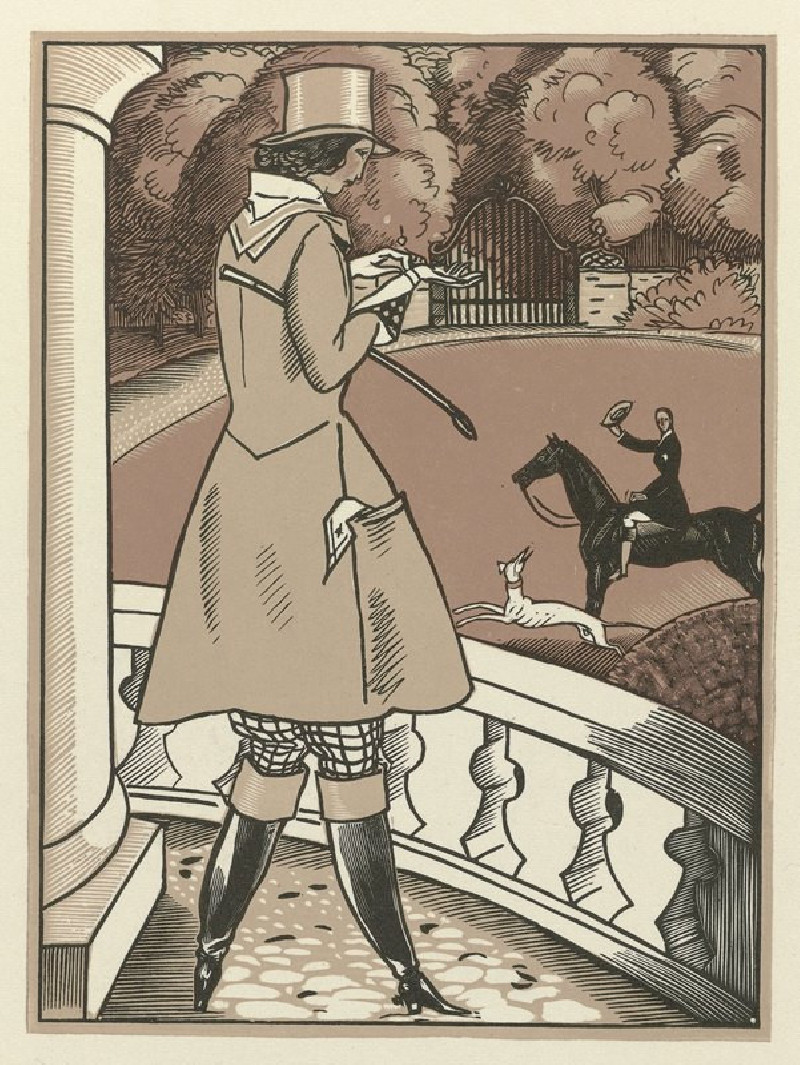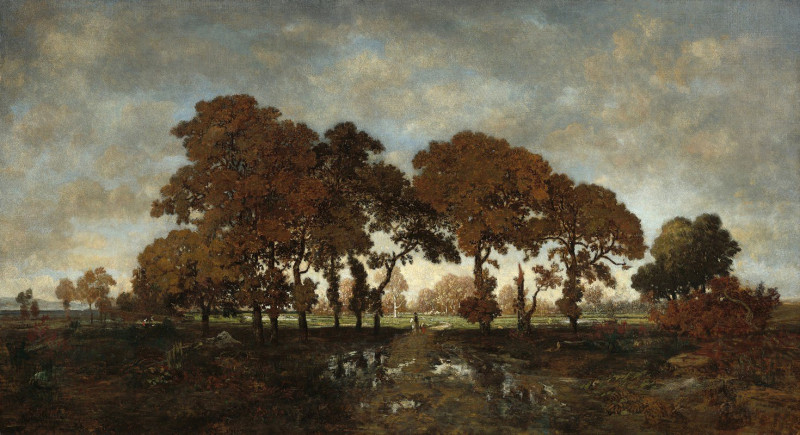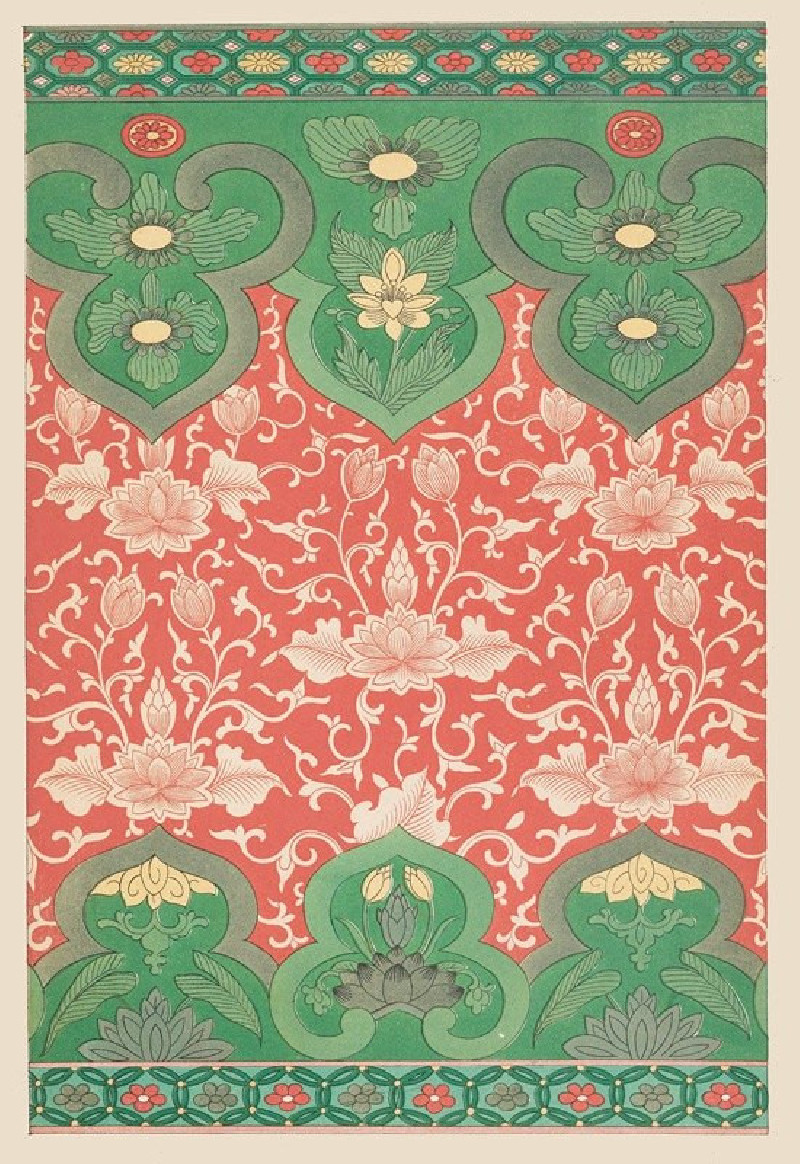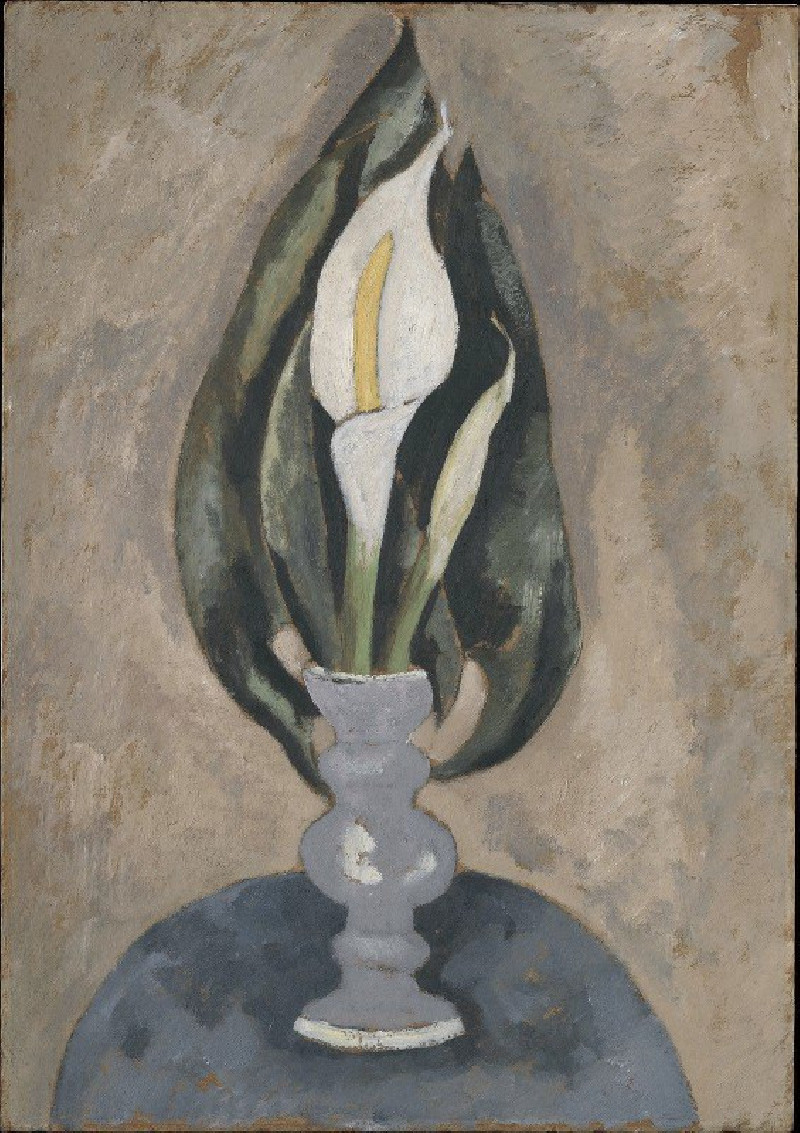Composition (Ca. 1920)
Technique: Giclée quality print
Recommended by our customers
More about this artwork
"Composition" by Thorvald Hellesen, created around 1920, is an intriguing exemplar of early 20th-century abstract art. This painting epitomizes the bold experimentation of the era, reflecting a profound shift from representational imagery to abstract forms and ideas. Hellesen's work is characterized by geometrical elements intertwined with organic forms, creating a dynamic interplay of shapes and colors.In "Composition," one can observe a rich tapestry of curves, angles, and intersecting lines, primarily rendered in muted shades of red, black, grey, and white, with accents of blue that provide a striking contrast. These elements coalesce into a harmonious yet enigmatic image that invites viewers to interpret and find meaning in their own unique ways.Hellesen’s technique involves the skillful layering of paint, which adds texture and depth to the piece. The roughness of the paint application alongside the complexity of the design exemplifies the artist's dedication to exploring the tactile qualities of his medium.This painting stands as a testament to the revolutionary spirit of modernist artists who pushed the boundaries of art to express the new realities and philosophies of the 20th century. It is both a historical document and a timeless reflection on the nature of beauty and abstraction.
Delivery
Returns
Picture in the interior
Technique
Giclée quality print
Thorvald Hellesen was a Norwegian abstract artist, designer and painter. His art was associated with the Orphic Cubism movement.
Thorvald Hellesen (sometimes spelled Thorwald) was born in Christiania (now Oslo), Norway. He was the son of Thorvald Hellesen (1862-94) and Ida Selmer (1858-1945). His father was a Supreme Court lawyer and his mother was the daughter of Prime Minister Christian Selmer. He passed his art exams but spent a year at the Norwegian Military Academy before deciding to become an artist.
He then entered the newly established Oslo National Academy of Arts, where he studied with Christian Krohg (1910–11). After that in 1912 moved to Paris. There he worked with Fernand Léger and met Picasso.

